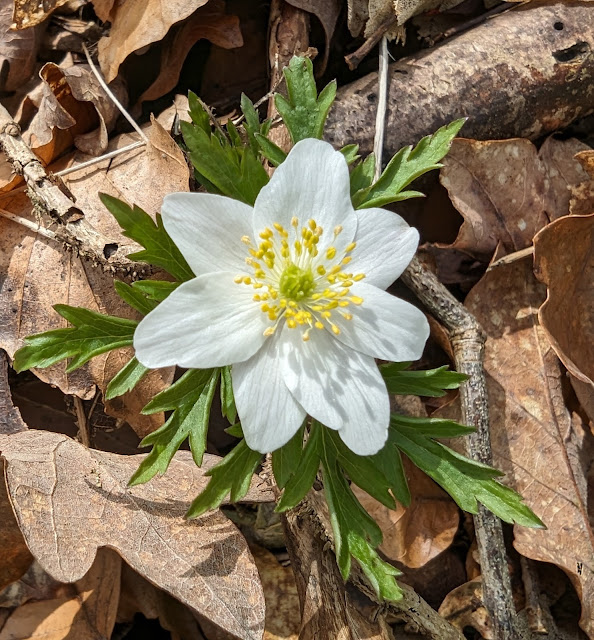According to this source, Weston-super-Mare is the nearest beach to Hereford at just over 50 miles. However, tidal waters are closer at around 25 miles away according to this source.
 |
| Figure 1: Hereford to Lydney (the harbour is a further mile away) |
Originally, the gulls follow the water highway (River Wye) from the sea to Hereford and beyond. In the past, the gulls would have migrated to Southern Europe for winter but many have taken up permanent residence in Herefordshire. The gulls tend to overwinter in the countryside where they can often be seen in fields and on lakes and large ponds.
But in early Spring they return to the City to build their nests on rooftops and raise their young. The local authority used to take measures to discourage nesting in the City but seem to have given up on that. These gulls were filmed on 13th March this year ...
The noise will increase considerably once the young are born and the birds will also become more aggressive as they are very protective of their chicks. When Autumn comes around they will disappear from the City only to return the following Spring.
This part of Hereford seems especially attractive to the gulls due to a preponderance of terraced housing, providing ideal nesting sites, and plenty of local food sources (supermarkets, chip shops and takeaways, Heinekin/Bulmers brewery). I cannot say I've ever seen a gull catching fish on the many lakes around here but they are great scavengers who will eat a wide variety of foods even squirrels.
The lesser black-backed gull is the most prominent gull species in Herefordshire though other types are also seen. Herring gulls seem to be on the increase - such as this pair on our next-door neighbour's roof (Photo 1).
 |
| Photo 1: Pair of Herring Gulls on Neighbour's Roof (3rd April 2024) |
Gull numbers are in decline, so we should learn to appreciate how adaptive they are - substituting their fish/mollusc/insect/egg diet and coastal habitat for human takeaways (or should that be throwaways) and nesting on chimney pots.























































